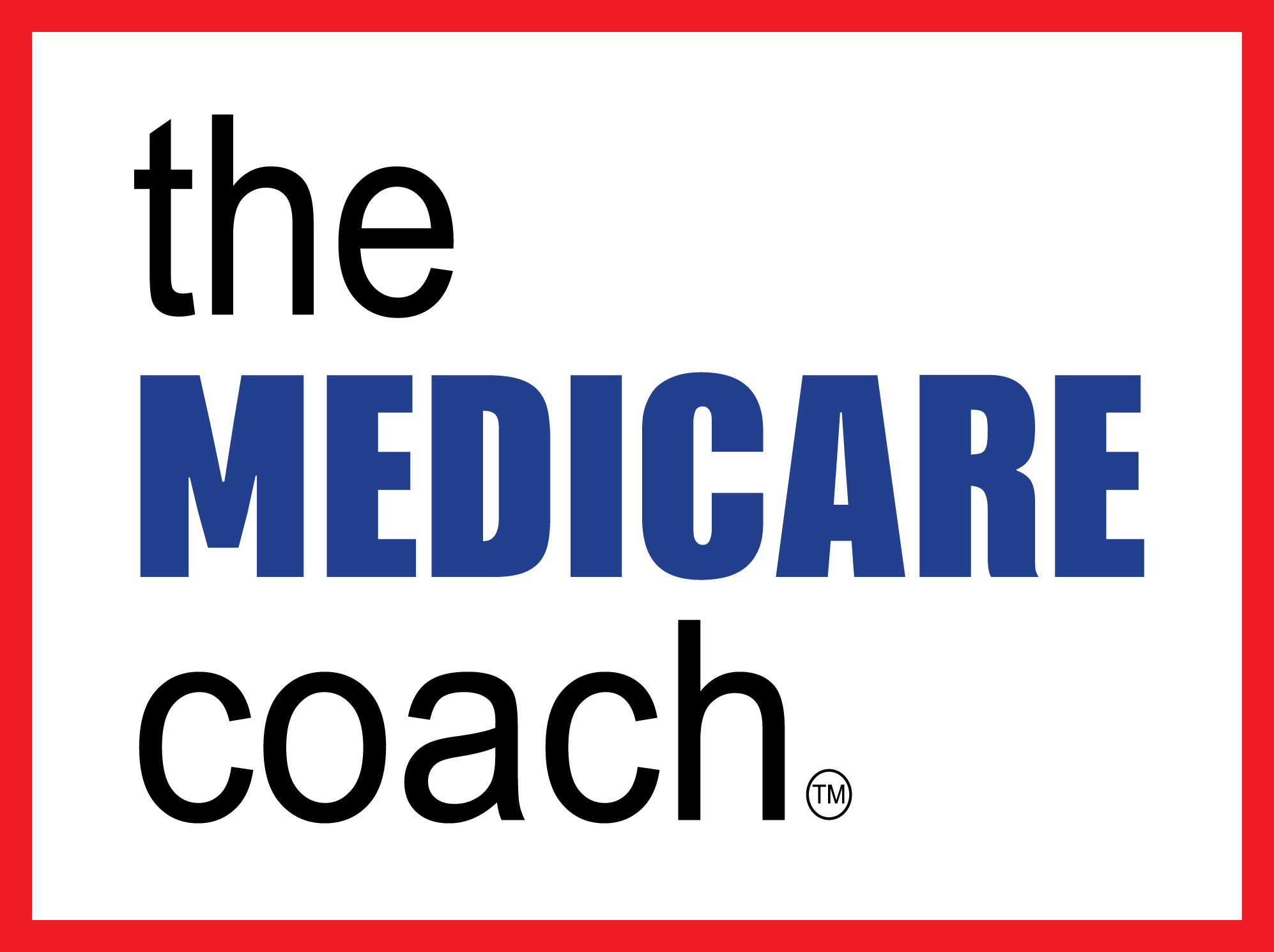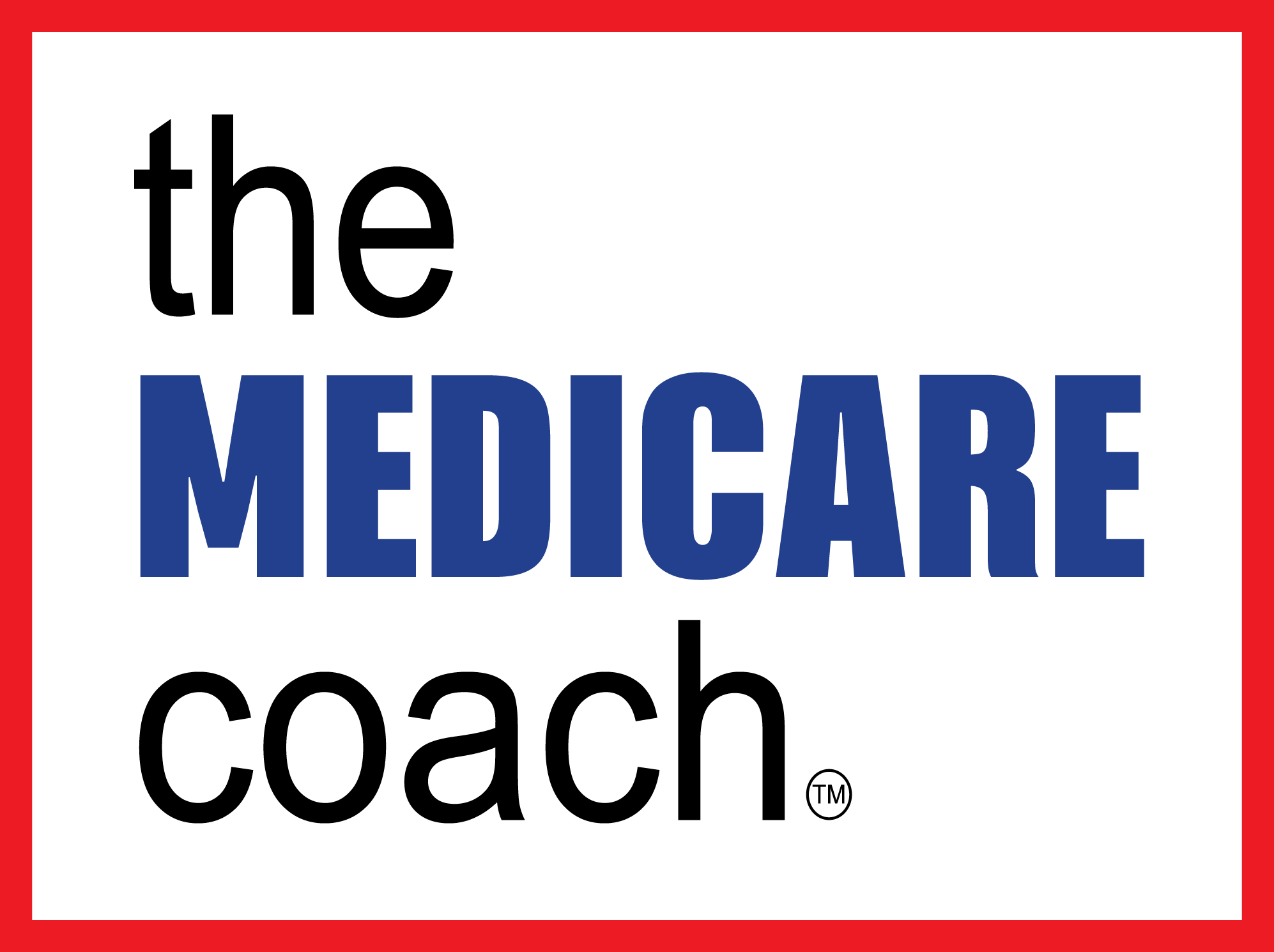Did you know that you will be required to pay a fee for most, if not all, parts of Medicare?
Many people assume that Medicare is free because you have paid into Medicare through taxes for most of your working life, but that assumption is not correct.
I want to clarify how Medicare is financed and what you could pay for when it comes to our Medicare coverage.
According to a 2017 report from The Henry J. Kaiser Family Foundation, in 2016, Medicare was funded primarily from three sources: general revenues, payroll taxes, and beneficiary premiums.
Medicare Part A (Hospital Insurance) is financed primarily through a percent tax on earnings paid by employers and employees. Higher-income taxpayers (more than $200,000/individual and $250,000/couple) pay a higher payroll tax on earnings. Most of us won’t pay any extra fees for Medicare Part A once we join Medicare because we, or our spouse, have paid into Medicare for more than 40 quarters. However, if you or your spouse haven’t worked 40 quarters, you could have to pay up to $458 a month.
Medicare Part B (Doctors Insurance) is financed through general revenues, beneficiary premiums, and interest, and other sources. Most of us will pay $144.60 a month for Medicare Part B once we join Medicare.
There are two unique things about this Medicare Part B fee:
- This rate is subject to change every year and likely will change each year. (Example, the price in 2019 was $135.50.)
- This rate varies on your situation. For example, if you are claiming Social Security, you likely pay less than $144.60, and if you have a higher income (more than $85,000/individual or $170,000/couple), you will pay more than $144.60.
In addition to the standard payments above, you will likely have additional fees based on which of the two Medicare programs we pick: Original Medicare or Medicare Advantage.
If you pick Medicare Advantage, you will enroll in Medicare Part C. Medicare Part C comes with a wide range of premiums, deductibles, and out-of-pocket, depending on the plan you select.
If you pick Original Medicare, you will enroll in a Medicare Part D prescription plan. We also recommend that you get a Medigap supplement plan, which helps pay some of the health care costs that Original doesn’t cover, like copayments, coinsurance, and deductibles.
Another factor to consider is the state you live in. Some states charge more for plans, while others charge less.
There are many parts to Medicare and many factors that will determine how much you will pay every month for coverage, but most of our clients have total monthly Medicare payments range from $250 – $300 a month.
I hope these Medicare explanations will help you understand how Medicare is financed and what you can expect to pay as you are set to enroll.
To easily make the right Medicare decision, you can CLICK HERE to sign up for our Medicare Enrollment Concierge.




